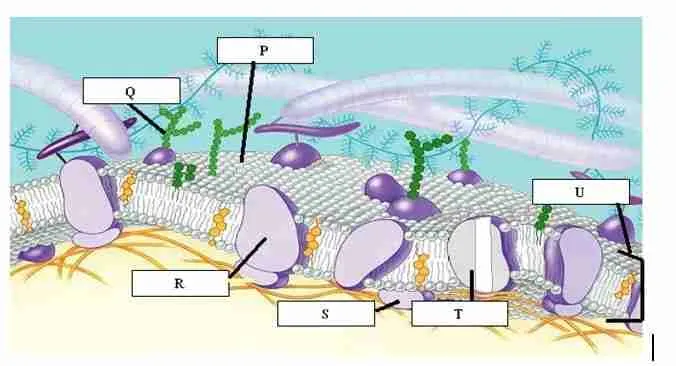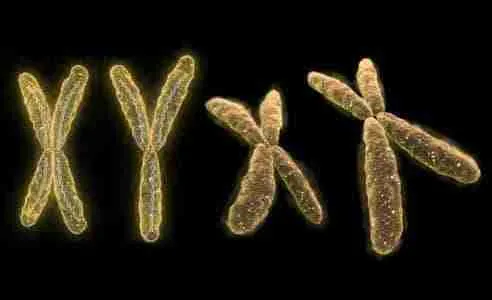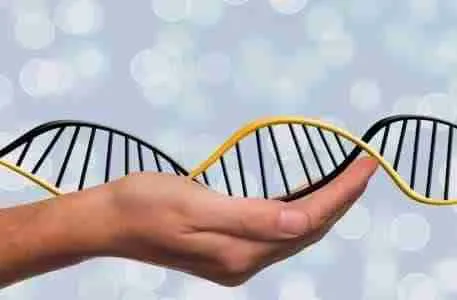Jacob-Monod Hypothesis and the Genetics of Enzyme Synthesis in E.coli

During the late 1950s François Jacob and Jacques Monod of the Pasteur institute in Paris carried out a series of brilliant researches on the genetic control of enzyme synthesis in the bacteria Escherichia coli. Briefly what they found was this. E. coli will only synthesize enzymes for breaking down sugar for the production of energy. One such sugar is lactose. If lactose is present in the nutrient medium in which the bacteria are growing, the bacteria produce an enzyme, β galactosidase, to break it down. But if lactose is absent from the medium, this enzyme is not produced. If lactose is added to a medium which previously lacked it, then, will the bacteria start synthesizing the enzyme.
From these experiments, together with other investigations into the genetics and biochemistry of enzyme synthesis in E. coli, Jacob and Monod put forward a hypothesis to explain how the gene responsible for the production of β galactosidase is regulated. The section of the DNA strand which codes for the enzyme represents what Jacob and Monod have called the structural gene; through the intermediacy of messenger RNA it brings about synthesis of the enzyme. Situated close to the structural gene is another section of the DNA strand called the operator gene. At times when the enzyme is needed the operator gene activates the structural gene, causing it to promote synthesis of the enzyme. Now the operator gene, according to Jacob and Monod’s theory, comes under the influence of yet another gene, the regulator gene, situated further along the DNA chain. At times when the enzyme is not required the regulator gene causes the synthesis of the repressor substance which inhibits the operator gen thereby preventing the structural gene from doing its stuff. When the enzyme is required the repressor substance is inhibited, the operator gene becomes functional, the structural gene is activated, and the enzyme is produced.
It is an attractive theory and explains many of the known facts of genetics, enzyme synthesis and embryology. But to what extent is it supported by direct experimental evidence? Till date, no one has disproved it, nor has anyone put forward a more plausible hypothesis. On the positive side facts keep emerging which strongly support it. For example, a repressor substance has been identified and it has been found that it can bind with the operator gene, thereby preventing synthesis of the enzyme. It has also been demonstrated that lactose itself can inactivate the repressor by combining with it. In this way the sugar ensures its own breakdown by removing the block that would otherwise prevent synthesis of the enzyme.
The Jacob-Monod theory postulates that the structural gene is switched off except when it is needed. Recent evidence suggests that other systems exist in micro-organisms in which the structural gene is switched permanently on except when it is not needed. This is just one of several variations on the Jacob-Monod theme which are known to exist, and others may yet be discovered.
In higher organisms it looks as if genes are controlled in a rather different way. For example, it has been found that genes are masked by histones, basic proteins which belong to the protein part of the chromosomes. However, the quantity of histones in a given chromosome is constant and so the masking is probably general rather than selective. Genes may be selectively masked by acidic proteins which vary in amount both from cell to cell and also within one and the same cell as it differentiates.


